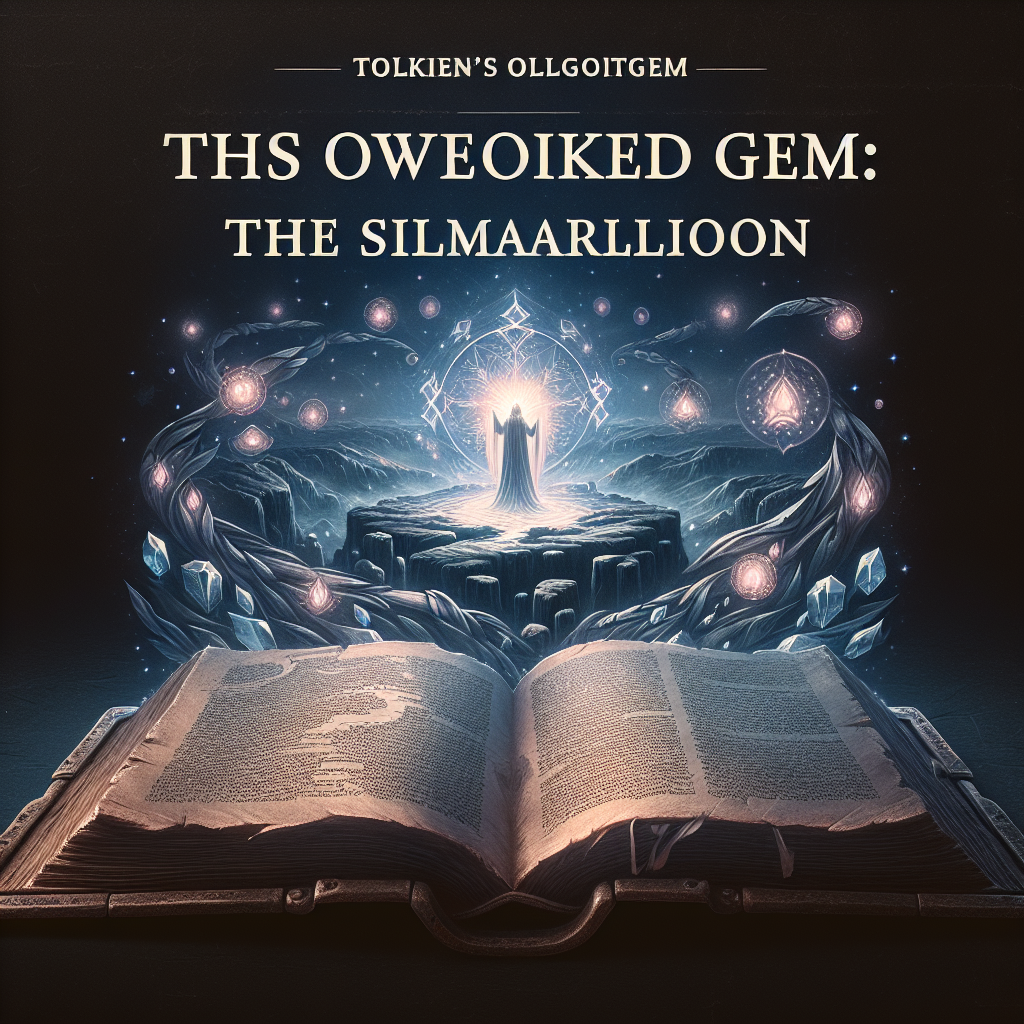John Ronald Reuel Tolkien’s relationship with his Catholic faith and its influence on his literary works, particularly “The Lord of the Rings,” has been the subject of extensive analysis and debate. Interestingly, Tolkien himself articulated this relationship in a significant letter to Father Robert Murray, a Jesuit scholar, where he asserted that while his work is fundamentally religious and Catholic, this aspect was initially unconscious, only revealing itself more deliberately in revisions. This notion of embedding the religious element into the narrative fabric and symbolism rather than overtly within the plot or dialogue distinguishes his writing from programmatic literature that aims to promote Christian doctrine explicitly. Like many esteemed 20th-century Catholic authors, Tolkien maintained a stance where he did not wish to define himself solely as a “Catholic writer,” but rather as an accomplished author whose Christian beliefs inevitably shaped the moral undercurrents present in his narratives.
Tolkien believed that the principles of literary art and theological doctrine occupy distinct domains, although they can harmoniously coexist. His nuanced approach enables the manifestation of Christian values within his stories without necessitating explicit religious expressions such as churches or rituals. Readers may glean parallels between certain elements in his work and Catholic rites or traditions, such as the invocation of characters like Elbereth or Galadriel, which can resonate with the veneration of the Virgin Mary in Catholic tradition. The elves’ lembas bread is presented as a symbol reminiscent of Holy Communion, encapsulating the essence of spiritual nourishment without overtly promoting religious themes. Therefore, while Tolkien embraced his Catholic identity, he championed the idea that his literature transcends explicit apologetics, allowing readers to derive deeper insights into faith through allegorical representation.
Some readers might contest the notion of Christianity in Tolkien’s work by pointing out the absence of traditional religious frameworks, such as temples or explicit worship practices. Nevertheless, Tolkien conveyed that Middle-earth operates within the constructs of a monotheistic belief system, albeit one that lacks the explicit markers of Christian Revelation. As “The Lord of the Rings” unfolds during the Third Age, it is essentially pre-Christian, echoing sentiments from early Christian philosophers like Justin Martyr and Clement of Alexandria. They posited that within ancient religious beliefs lay “seeds” of divine truth that foreshadowed the arrival of the Christian Gospel. Similarly, in his narratives, Tolkien interwove true Christian principles not to proclaim them explicitly but to manifest them symbolically, allowing readers to engage with these theological implications on a more profound level.
Expounding upon this theme, Tolkien’s “The Silmarillion” serves as a cosmological backdrop for his characters, further elucidating his philosophical and theological inclinations. In crafting the rich mythology of Middle-earth, he integrates elements that suggest a divine presence and moral structure inherent within the universe he created, echoing the complexity and beauty of God’s creation without a direct nod to Christian dogma. This multilayered storytelling invites readers to explore questions of morality, sacrifice, and redemption—elements vital in Christian narrative—through metaphor and symbolism woven into the tapestry of his fictional world.
Tolkien’s deliberate choice to navigate the interplay between faith and narrative invites a broader understanding of how authors can imbue their work with spiritual depth without adhering to overtly religious tropes. He believed that literature should operate as an art form independent of religious constraints, although his personal beliefs inevitably infused his writing. The absence of didacticism in Tolkien’s storytelling allows readers of various backgrounds to connect with his works, lending abstract meaning to the portrayal of good versus evil, hope, and the significance of individual choices within the spectrum of a morally charged universe.
In summary, Tolkien’s literary corpus reflects a deep-seated Christian ethos, expressed through cryptic symbolism and thematic resonance rather than explicit religious assertion. His assertion that “The Lord of the Rings” functions as a fundamentally Catholic work speaks to the complexities and nuances of integrating faith with fiction. While his stories remain accessible to a diverse readership, the Christian influences embedded within them prompt readers to engage with deeper spiritual and existential questions, highlighting the power of literature to transcend mere storytelling and venture into the realm of profound moral and philosophical discourse. Through his tales of Middle-earth, Tolkien successfully exemplifies how narrative craft can convey rich theological implications while preserving the artistic integrity of literature, ultimately serving to inspire a sense of wonder and hope that aligns with the tenets of his faith.

